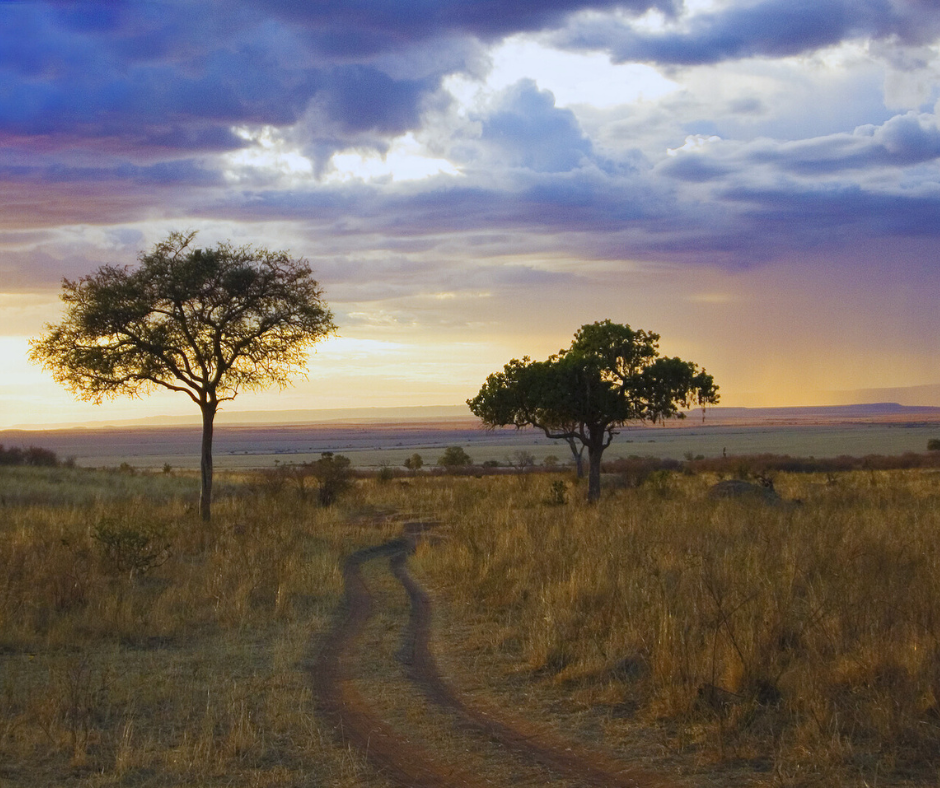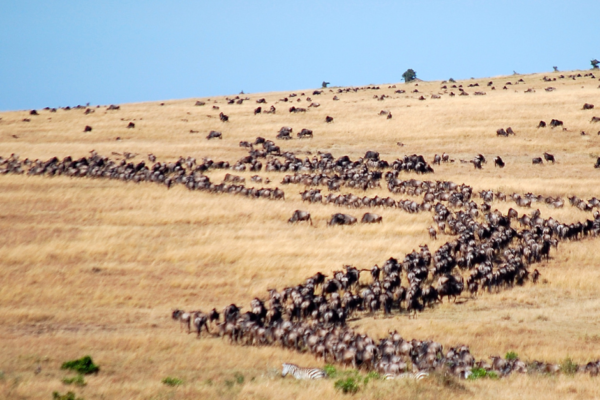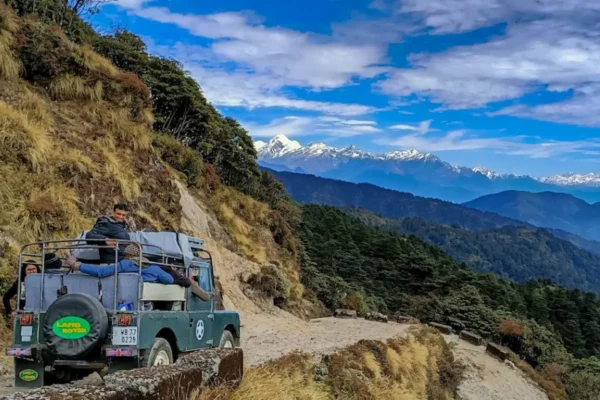When people think of the Masai Mara, they often envision the iconic images of roaming lions, majestic elephants, and the epic wildebeest migration. However, this stunning Kenyan savannah is home to more than just its renowned wildlife. The diverse plant life of the Masai Mara plays a crucial role in maintaining the ecosystem’s balance and beauty. From the sweeping grasses that carpet the plains to the resilient acacia trees dotting the landscape, the flora of the Mara is both varied and vital.
The Grassy Plains
The Masai Mara’s vast grasslands are its most defining feature, offering a rich tapestry of grasses that support its famous herbivores. Predominantly, the savannah is covered with red oat grass, which provides a significant food source for grazing animals like zebras and wildebeests. This grass is not only nutritious but also resilient, capable of regrowing quickly after being grazed upon, ensuring a continuous supply of sustenance for the ecosystem’s herbivores.
The Role of Acacia Trees
Scattered throughout the grasslands, acacia trees add to the landscape’s diversity. These trees, with their distinctive umbrella-shaped canopies, are vital to the ecosystem. They provide shade and shelter for various animals, from predators like lions that rest beneath them to smaller mammals and birds that find refuge in their branches. Acacia trees also play a crucial role in nitrogen fixation, enriching the soil and promoting the growth of other plant species.
Medicinal and Edible Plants
Beyond grasses and acacias, the Masai Mara hosts a variety of plants with significant uses for both wildlife and the local Maasai people. The Warburgia tree, for instance, is known for its medicinal properties, used traditionally to treat ailments like malaria and stomach issues. Meanwhile, the wild fruits from the baobab and fig trees offer a source of nourishment to both humans and animals. These plants underscore the interconnectedness of the ecosystem, illustrating how flora supports not just the wildlife but also the indigenous communities.
The Importance of Conservation
Preserving the flora of the Masai Mara is as crucial as protecting its wildlife. The plant life maintains the health of the soil, regulates the water cycle, and supports a wide range of animal species. Without these plants, the entire ecosystem would suffer, leading to a decline in biodiversity. Conservation efforts must therefore focus on protecting these vital plants from threats such as overgrazing, deforestation, and climate change.
The next time you think of the Masai Mara, envision not just its majestic animals but also the rich and diverse plant life that sustains this incredible ecosystem. The grasses, trees, and medicinal plants all play integral roles, ensuring the survival of the Mara’s wildlife and the well-being of the local communities.
Explore this fascinating aspect of the Masai Mara on a deeper level by joining a guided tour with Just Nature Expeditions. Experience firsthand the wonders of the Mara’s flora and understand its critical role in the ecosystem. Embark on an unforgettable journey with us and witness the full spectrum of the Masai Mara’s natural beauty.





